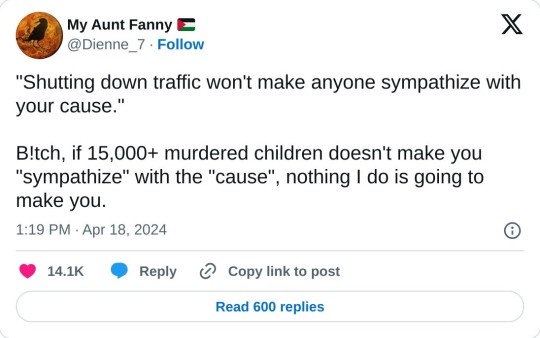Text

That thistle in the foreground, next to the wash.
41 notes
·
View notes
Text
2K notes
·
View notes
Text

The raid has been going on for about 15 or 16 hours now and there seems to be no letup in sight.
We know that at least three Palestinian residents of the camp have been injured, and at least one person has been killed by an Israeli sniper’s bullets.
We’ve been hearing the sound of drones overhead for hours – and multiple large, loud explosions.
Sustained small-arms fire, indicative of active firefights, is ongoing. The Israeli military has at least 40 military vehicles, with potentially dozens of Israeli soldiers fighting against Palestinian armed resistance fighters who are using small arms as well as explosives.
We also know that the Israelis have taken in new military bulldozers that are capable of driving directly through houses – and that’s what they’ve been doing.
Dozens of homes are destroyed and demolished. Israeli soldiers have been carrying out raids in homes, carrying out on-site interrogations.
This is likely to carry on for several hours. The situation remains very dangerous inside the camp.
-- "Raid of Nur Shams camp ongoing, at least 1 killed and 3 injured" by Zein Basravi for Al Jazeera, 19 Apr 2024 12:20 GMT
72 notes
·
View notes
Text
reminder: the boycotts are working. so keep up the ongoing boycott movement because we have the power to reduce the unscrupulous companies to nothing. also, be sure to unfollow anybody and anything that still supports them, and educate the people around you on the importance of doing the same.
1K notes
·
View notes
Text
I just saw someone bring up how much harder Batman was going on for Nails (Black teen who did some petty theft and left superheroes trying to arrest her to die to shit Poison Ivy was doing) than for any of the serial killers or folks with body counts among his rogue gallery and I refrained from making the polarizing observation that perhaps the white billionaire who’s preferred method of solving crime is to dress up to beat up poor people instead of using his money to solve poverty might maybe be a bit racist.
Like we know he’s classist. We know there’s neighborhoods in Gotham that he doesn’t patrol since they develop their own *cough* ethnic *cough* superheroes to keep them safe.
Its not that much of a stretch to go he’s probably racist too. (Also Superman doesn’t go to the hood either, folks have talked about that)
Of course Batman fans will likely not care for such an observation and will bring up all the times he’s been chill with Black people (and inevitably pull up a bunch of examples that are either his employees, his employees’ families, or his superhero coworkers, any of the ethnic kids he’s adopted/conscripted into superheroing) b/c totally racist white people can’t be cool with specific members of groups they’re racist against in certain circumstances. That totally never happens ever.
26 notes
·
View notes
Text

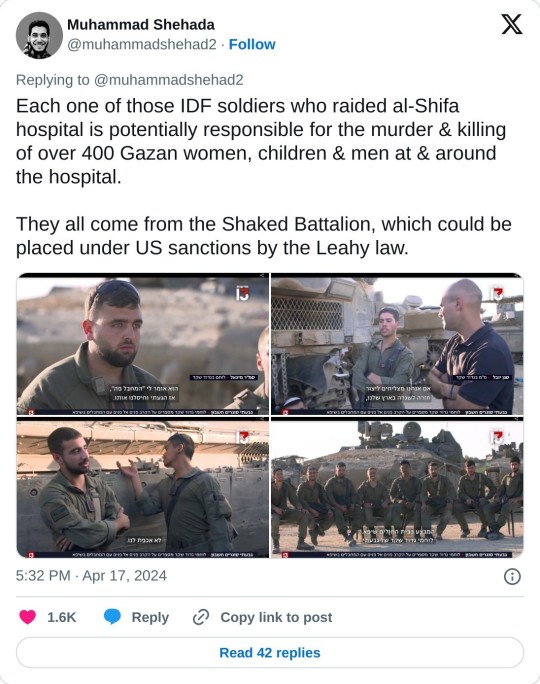
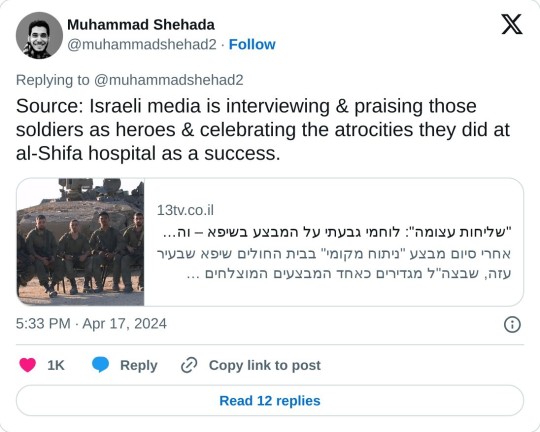
2K notes
·
View notes
Text
In the town where I grew up, there was a large statue in one of the parks, of a famous historical white colonizer. I'm not going to say who specifically, suffice it to say that it was someone who wasn't worth memorializing for their deeds. And as you can imagine, this statue was a frequent target of vandalism, with paint or toilet paper or eggs on multiple occasions. Now, the local council was generally pretty lax when it came to repairing potholes or other public damage in the town, but every time, 24 hours after this particular statue was hit, the same person would always appear in a Hi-Vis vest, hat, mask and sunglasses, carrying a bucket of water, and wash it clean. They would do it as quickly as possible, but always made sure the face and the name carved at the bottom were generously scrubbed. This only encouraged people to do it again, and so it became a vicious cycle.
Within a year, the statue had sustained so much damage that it was unrecognizable and the lettering unreadable, so eventually the council came and took it down. Also apparently, the person in the Hi-Vis vest didn't even work for the council. They were supposedly just some 'good samaritan' who cleaned it, often before the council even discovered it needed cleaning, so they just let them do it and ignored the problem. They didn't bother putting the statue up again.
Much later, we found out that the anonymous 'samaritan' had been deliberately washing the statue with a bucket of saltwater, which had dramatically corroded it, causing irreversible accumulative damage far worse than spray paint ever would have done. It's even theorized that they were also often the one spray-painting it, just so that they had an excuse to come back after a day to wash it.
199K notes
·
View notes
Text
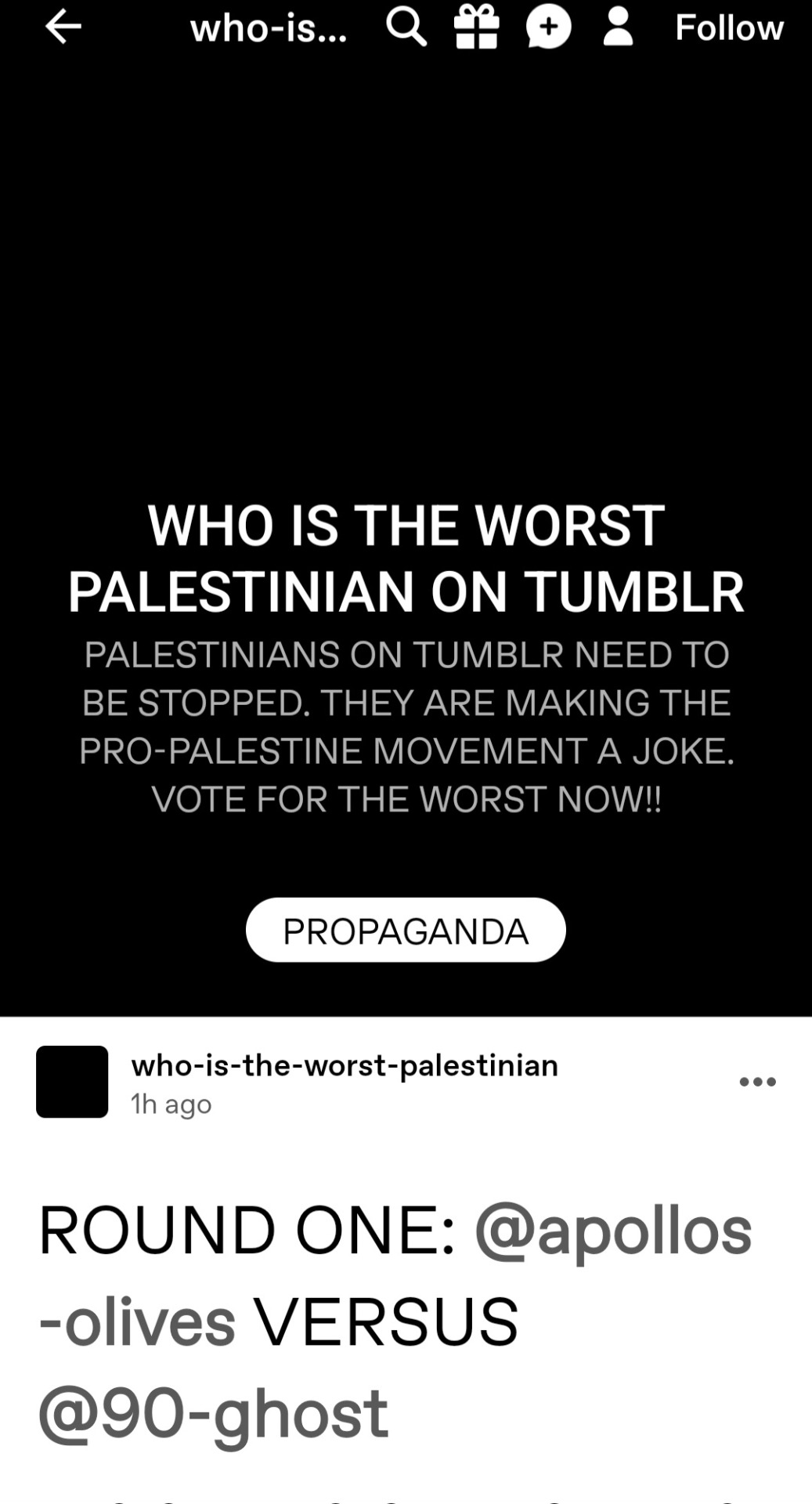

More totally normal zionazi behaviour.
2K notes
·
View notes
Text
14K notes
·
View notes
Text
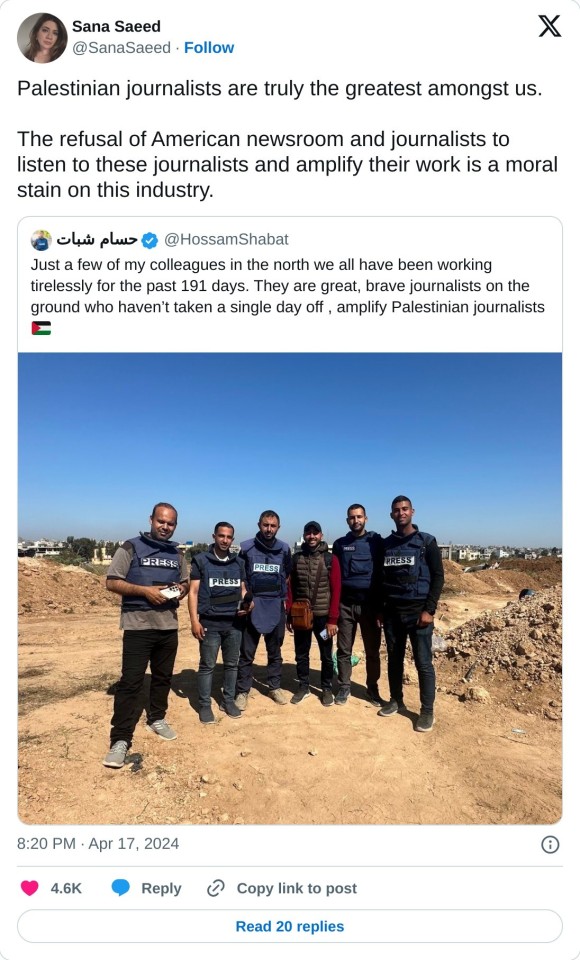
#palestine#israel#free palestine#gaza#israeli occupation#genocide#journalism#gaza journalists#palestinian journalists
2K notes
·
View notes
Text
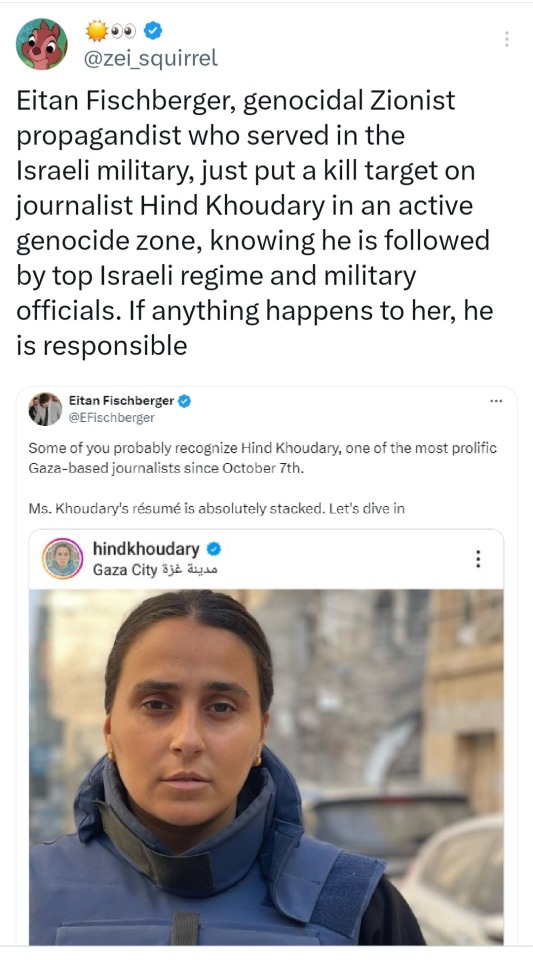
#palestine#israel#free palestine#gaza#israeli occupation#genocide#palestinian journalists#hind khoudary#current events
7K notes
·
View notes
Text
🇮🇱⚔️🇵🇸 🚨
PALESTINIAN INFANT WOUNDED IN ZIONIST ATTACKS ON GAZA
📹 A 20-day-old Palestinian infant is wounded as a result of the Israeli occupation forces constant bombardment of densely packed areas of the Gaza Strip on Thursday.
#source
@WorkerSolidarityNews
123 notes
·
View notes
Text
Gaza, that ancient city on the eastern shores of the Mediterranean, has come to be the political and moral compass of the entire world. Despite the pervasive destruction, Gaza stands not as a place in need of lessons. Instead, it is itself the poignant lesson of our modern age – a litmus test for humanity. As the death toll continues to rise, it becomes increasingly challenging to conceive of a violence more profound than that inflicted by machine guns and aerial bombardment. However, Israeli colonial violence – both in Gaza and Palestine more broadly – has historically manifested at various scales. It extends from the confines of a bedroom to encompass a neighbourhood, a whole city, and stretches to the scale of a regional geography.
Understanding the destruction of Gaza calls for a dual perspective. It requires zooming in on the intimate scales of violence while also being aware of these broader manifestations. At the core of Israeli colonialism in Palestine is the logic of partition, a paradigm fundamentally at odds with the land, its people and its history. Gaza has long been a nexus of interconnected worlds: for millennia, it served as a vital crossroads, connecting Palestine to Egypt and bridging the continents of Asia and Africa. The roads from Gaza to Bir al‑Sabe’, Jaffa and Jerusalem have witnessed the passage of visitors, merchants and pilgrims from diverse corners of the world. The city’s social, cultural and economic prosperity has been woven into its geographical openness, a defining feature in Palestine’s long history. Any thought about Gaza and Palestine’s future is bound to reckon with this history.
The enduring imprints of Gaza’s geographical openness are discernible in both its social and built fabrics. This ancient city has witnessed the rule of various empires and civilisations, including the Egyptian Pharaohs, Greeks, Romans, Byzantines and successive Islamic dynasties – each contributing to the rich tapestry of the city. Gaza is home to historic treasures such as the Anthedon Harbour, the port that linked the city to the Mediterranean world in the Roman era; the Great Omari Mosque, one of the most significant mosques in Palestine; and the Church of Saint Porphyrius, believed to be the third oldest church in the world.
These historic landmarks, among residential buildings, universities, museums and cultural institutions, have not escaped the intentional targeting and destruction inflicted by Israel. In essence, these sites embody all that Gaza stands for and Zionism doesn’t – geographical openness and historical continuity. In historical terms, the 75 years of Zionist domination in Palestine represent an anomaly, as Gaza and other cities have perennially thrived on cultural diversity and interconnection.
32 notes
·
View notes

